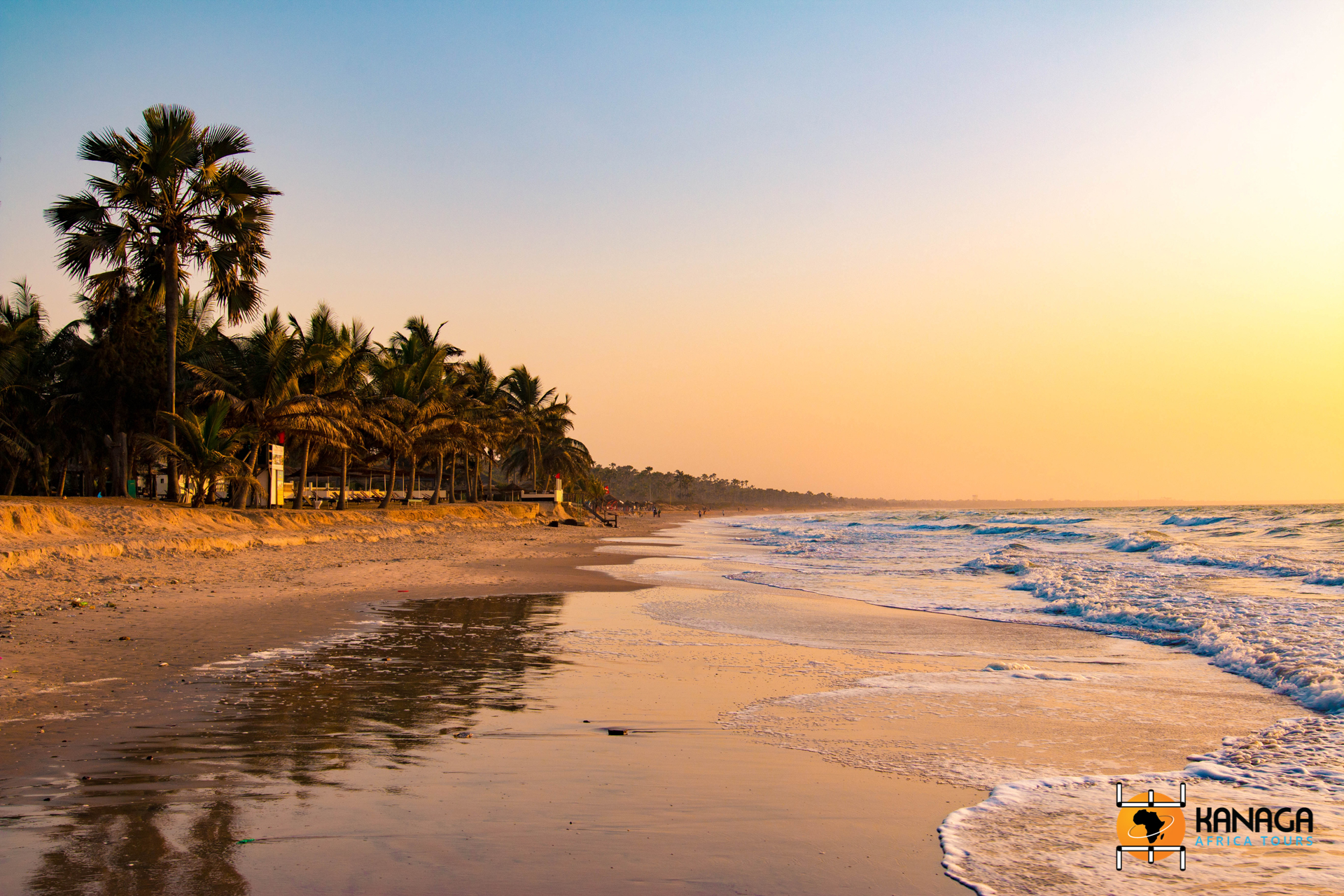Most of the excitement and economic activity in Gambia takes place in the coastal region, around the tourist resorts, the bustling markets of Banjul and Serekunda, the bustling commercial port of the capital and the fishing ports with their small boats laden with fish, which dot the coastline to the south and the wide river mouth.
Banjul is actually a small town of just 40,000 inhabitants, which was founded by the British at the beginning of the 19th century to control and stop the illegal slave trade that was still being carried out by other European powers, and to offer shelter to the new social class of freed slaves, especially from Freetown in Sierra Leone.
An interesting ethnographic museum, a few administrative buildings and monuments, decadent wood-panelled buildings and colonial dwellings clash with its chaotic commercial port and the colourful Albert Market, overflowing with all kinds of merchandise.
But the real commercial hub of the country is the city of Serekunda, which constitutes the continuity of its much more populated and chaotic hinterland, as well as the gateway to a coastal region where glittering accommodation facilities and palm-fringed beaches alternate with villages and harbours that have retained their traditional atmosphere, and green areas, lagoons, forests and unspoilt nature reserves.
The two cities are located in the heart of a natural landscape of extraordinary beauty.
Entirely surrounded by water, the capital stands on an isthmus at the mouth of the Gambia. Open sea, river water and a labyrinth of canals and tunnels full of mangroves and oyster farms characterise the scenery. Not far from the gelli-gelli and collective taxi traffic of Serekunda and Banjul is the village of Bakau, with its botanical gardens inhabited by numerous bird species, and the Kachikaly Crocodile Pool, a sanctuary for a family of 80 sacred crocodiles. Yes, because although 90% of Gambians profess themselves Muslim and 5% Christian, 100% of the population is still strongly anchored to ancestral traditions, which are followed and respected in a spontaneous syncretism. It is here that the inhabitants go to perform rituals propitiatory to fertility and abundance, and not infrequently it is possible to meet married couples immersing themselves in the pool infested by docile caimans, to propitiate the much desired pregnancy.
Close to the beautiful and popular Kotu and Kololi beaches there are the hiking trails of Bijilo Forest Park, a unique ecosystem of lush forest, sand dunes and palm-fringed shoreline, home to numerous monkeys and seabirds. Further south are the Tanji River Bird Reserve and Bijol Island, surrounded by small fishing villages, two paradises for birdwatchers, a favourite spot for millions of migratory birds that come to winter on the Atlantic coast of West Africa. Needless to say, it is also thanks to such a heritage that the inhabitants of this part of the coast have developed a greater sensitivity to environmental protection and sustainable issues, which are particularly dear to the numerous eco-tourism accommodation in the Kartong area, which is also home to a famous sacred crocodile pond and offers an infinite number of excursions and activities, all based on respect for and protection of nature.
In short, the variety of attractions in the coastal region of The Gambia caters for all needs, from relaxing bathing in comfortable resorts and tropical beaches, to small traditional villages, from lagoons and lush mangrove forests for birdwatching, to adventurous nature excursions, from eco-friendly accommodation to the bustling markets of the capital, a concentration of humanity and daily activities not to be missed.







